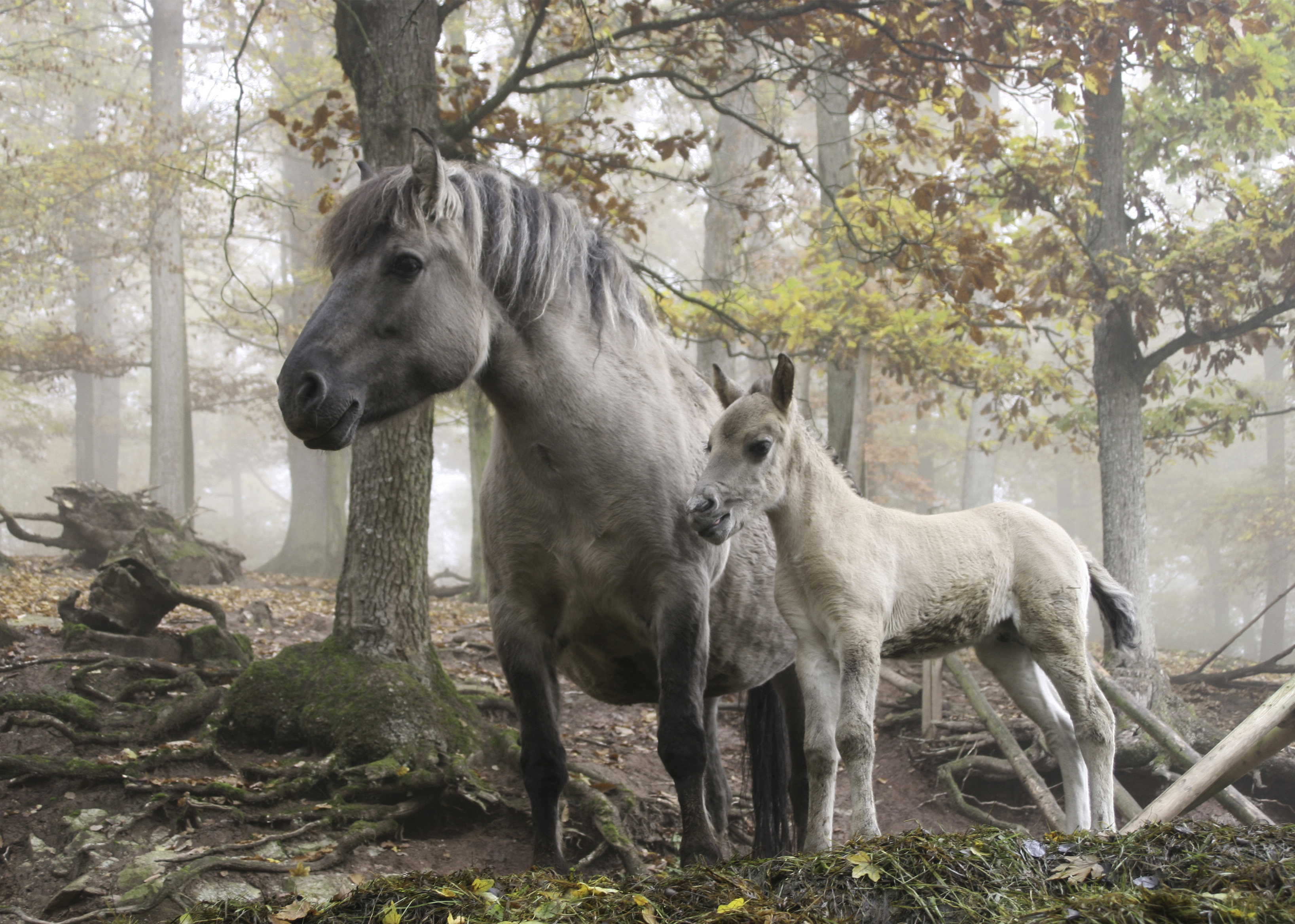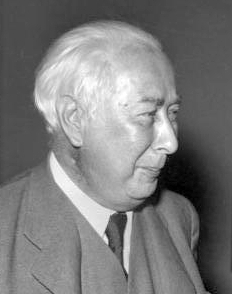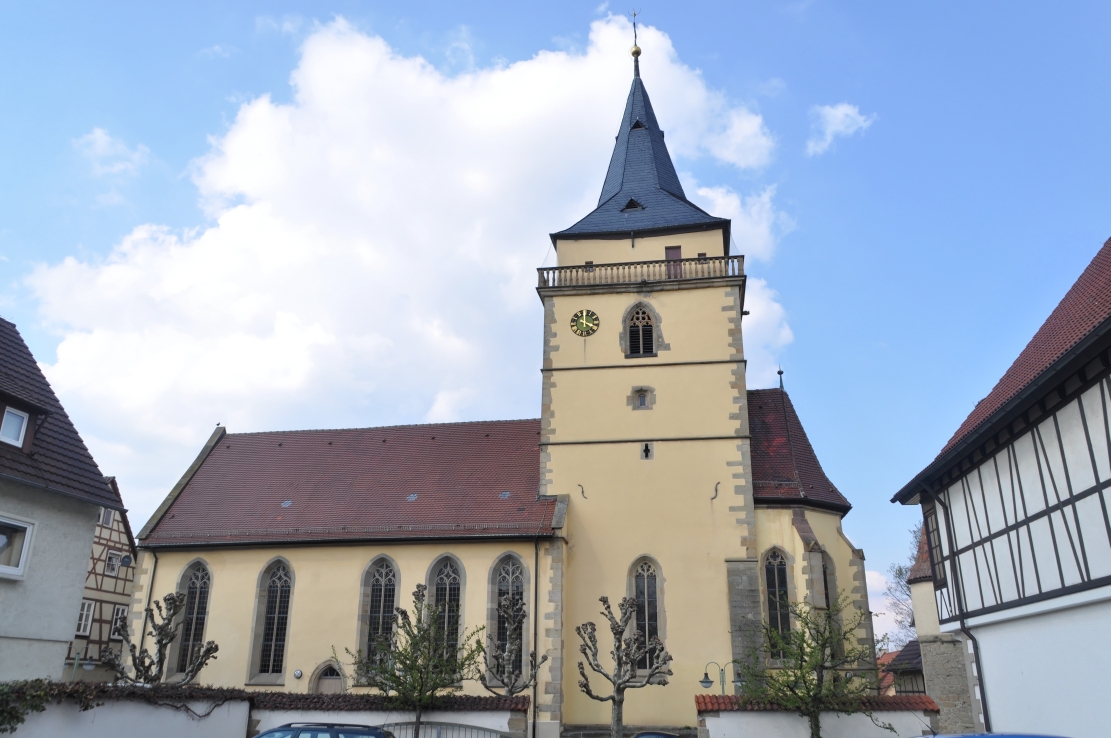|
Cleebronn
Cleebronn () is a municipality in the district of Heilbronn in Baden-Württemberg in southern Germany. Geography Cleebronn is in the Zabergäu in the south of the district of Heilbronn, directly in the north of the Stromberg mountain with an elevation of . The landscape is characterised by wine-growing. The symbol of the municipality and the whole Zabergäu is the Michaelsberg, which has an elevation of . Neighbouring municipalities Neighbouring towns of Cleebronn are (clockwise from the west): Güglingen, Brackenheim (both in the district of Heilbronn), Bönnigheim and Sachsenheim (both in the district of Ludwigsburg). Cleebronn has combined with Brackenheim to form a joint association. Municipal structure Cleebronn includes the villages of Treffentrill and Katharinenplaisir. History The first documented mention of Cleebronn was in 1279 as ''Kleberen''. In the 13th century there were some possessions of the Principality of Mainz around the Michaelsberg being rented ... [...More Info...] [...Related Items...] OR: [Wikipedia] [Google] [Baidu] |
Erlebnispark Tripsdrill
Erlebnispark Tripsdrill is a wildlife and theme park near Cleebronn in Southern Germany. Covering in total, the park offers 29 attractions, including museums, animal petting and feeding, roller coasters, playgrounds, and a theatre. Opened in 1929, it is Germany's oldest amusement park and is still owned and managed by the same family. History Eugen Fischer built a windmill on the site in 1929 and opened a restaurant there. He called the mill "Old Women's Mill" and included a slide for playing on. After Eugen's death in the Second World War, his son Kurt carried on the restaurant, expanding the catering to a park. The windmill was destroyed by fire in 1946 following a lightning strike, and rebuilt by Kurt in 1950. Over the following years attractions were added to the park. In 1957, a zoo opened with approximately 300 animals. A mechanical attraction arrived in 1960 in the form of pedal-driven locomotives. The zoo was transformed into a wildlife park and petting zoo in 1972, w ... [...More Info...] [...Related Items...] OR: [Wikipedia] [Google] [Baidu] |
Güglingen
Güglingen () is a town in the district of Heilbronn in Baden-Württemberg in southern Germany. It is situated 18 km southwest of Heilbronn. Geography Güglingen is situated in a valley called Zabergäu in the southwest district of Heilbronn. Neighbouring municipalities Neighbouring towns and municipalities (clockwise): Pfaffenhofen, Eppingen, Brackenheim, Cleebronn (all of the district of Heilbronn) and Sachsenheim (Ludwigsburg (district)). Town structure The town Güglingen consists of Güglingen itself (4254 inhabitants), with its subdivisions Eibensbach (1035) and Frauenzimmern (922). Total: 6211 (June 30, 2005). History In the Stone Age the communal land of Güglingen was settled in the time of the Romans and Celts. In 2002, two Mithras sanctuaries have been discovered and dug up. By the previous finds it is guessed that the Roman settlement had a surface of 10 hectare. The village Güglingen was probably founded in the 4th or 5th century and was mentioned document ... [...More Info...] [...Related Items...] OR: [Wikipedia] [Google] [Baidu] |
Tripsdrill V Michaelsberg 20061118
Erlebnispark Tripsdrill is a wildlife and theme park near Cleebronn in Southern Germany. Covering in total, the park offers 29 attractions, including museums, animal petting and feeding, roller coasters, playgrounds, and a theatre. Opened in 1929, it is Germany's oldest amusement park and is still owned and managed by the same family. History Eugen Fischer built a windmill on the site in 1929 and opened a restaurant there. He called the mill "Old Women's Mill" and included a slide for playing on. After Eugen's death in the Second World War, his son Kurt carried on the restaurant, expanding the catering to a park. The windmill was destroyed by fire in 1946 following a lightning strike, and rebuilt by Kurt in 1950. Over the following years attractions were added to the park. In 1957, a zoo opened with approximately 300 animals. A mechanical attraction arrived in 1960 in the form of pedal-driven locomotives. The zoo was transformed into a wildlife park and petting zoo in 1972, w ... [...More Info...] [...Related Items...] OR: [Wikipedia] [Google] [Baidu] |
Sigismund Wilhelm Koelle
Sigismund Wilhelm Koelle or Kölle (July 14, 1823 – February 18, 1902) was a German missionary working on behalf of the London-based Church Missionary Society, at first in Sierra Leone, where he became a pioneer scholar of the languages of Africa, and later in Constantinople. He published a major study in 1854, ''Polyglotta Africana,'' marking the beginning of serious study by Europeans of African languages. Life Sigismund Koelle was born in Cleebronn in the Württemberg region of southern Germany. In his Württemberg origin he resembles his contemporaries Johann Ludwig Krapf (born 1810) and Johannes Rebmann (born 1820), who also worked as linguists and missionaries for the Church Missionary Society, but in East Africa. Another CMS missionary born in Württemberg was Karl Gottlieb Pfander (born 1803), who was Koelle's colleague in Istanbul. After training in the Basel Mission, a missionary seminary in Basel, Switzerland, Koelle transferred in 1845 to the Church Missionary Socie ... [...More Info...] [...Related Items...] OR: [Wikipedia] [Google] [Baidu] |
Brackenheim
Brackenheim () is a town in the ''Landkreis'' Heilbronn in Baden-Württemberg in southern Germany. It is southwest of Heilbronn. With of vineyards, it is the biggest grape-growing municipality of Württemberg. Geography Geographical position Brackenheim is situated on the river Zaber in the Zabergäu in southwestern district of Heilbronn, in the north of Baden-Württemberg, Germany. The landscape is characterized by extensive vineyards. Neighbouring municipalities Neighbouring towns and municipalities (clockwise): ''Cleebronn'', '' Güglingen'', ''Eppingen'', '' Schwaigern'', '' Nordheim'', ''Lauffen (Neckar)'' (all district of Heilbronn), ''Kirchheim (Neckar)'' and ''Bönnigheim'' (both Ludwigsburg (district)). Town structure Apart from Brackenheim itself, it consists of the following: *Botenheim *Dürrenzimmern *Hausen an der Zaber *Haberschlacht *Meimsheim *Neipperg *Stockheim. History The communal land of Brackenheim has been settled for 5,000-6,000 years. Botenhei ... [...More Info...] [...Related Items...] OR: [Wikipedia] [Google] [Baidu] |
Bönnigheim
Bönnigheim () is a town in the German administrative district ( Kreis) of Ludwigsburg which lies at the edge of the areas known as ''Stromberg'' and ''Zabergäu''. The nearest large towns are Ludwigsburg and Heilbronn. Geography Districts of the town The town includes the previously separate parishes of Hofen and Hohenstein. The boundaries established on 31 December 1971, saw the inclusion of the property known as the Burgermühle and the lost village of Birlingen. The former parish of Hofen now comes under the village of Hofen. In the same way, the former parish of Hohenstein now comes under the village of that name. History Development of the town The first documentary reference to Bönnigheim occurs in the Lorsch codex. In a document dated 16 February 793, the nun Hiltburg bequeathed the parishes of Bönnigheim, Erligheim and Alt-Cleebronn to the abbey of Lorsch, and it was due to this bequest that Bönnigheim fell to the bishopric of Mainz. The monastery o ... [...More Info...] [...Related Items...] OR: [Wikipedia] [Google] [Baidu] |
Sachsenheim
Sachsenheim () is a town in the district of Ludwigsburg, Baden-Württemberg, Germany. It is situated 11 km northwest of Ludwigsburg. Buildings * The most important attraction is the water castle in Großsachsenheim. Built in the 14th century, burned down in 1542 and rebuilt in 1544. 1952 the castle was purchased by the city Großsachsenheim and is since 1962 the town hall. * Evangelische Stadtkirche "St. Fabian and Sebastian "in Großsachsenheim, former fortified church * Remains of the old city wall with tower * Evangelische Stadtkirche Kleinsachsenheim, former fortified church, rebuilt in 1460 and 1619, reconstruction 1948-1950 * Town hall Kleinsachsenheim, half-timbered building, first mentioned in 1614 * Parish Church "St. George "Hohenhaslach from 1230. Valuable early Gothic frescos * Village road Ochsenbach, half-timbered houses from the 16th to 18th centuries * Protestant parish "Our Lady" Ochsenbach, built around 1290, Gothic frescoes of 1430 * Evangelical churc ... [...More Info...] [...Related Items...] OR: [Wikipedia] [Google] [Baidu] |
Michaelsberg 20061118
Michaelsberg may refer to: Mountains in Baden-Württemberg, Germany * Michaelsberg (Cleebronn) * Michaelsberg (Gundelsheim) * Michaelsberg (Untergrombach) Religious buildings * Michaelsberg Abbey, Bamberg Michaelsberg Abbey or Michelsberg Abbey, also St. Michael's Abbey, Bamberg (german: Kloster Michaelsberg or ''Michelsberg'') is a former Benedictine monastery in Bamberg in Bavaria, Germany. After its dissolution in 1803 the buildings were us ..., Bavaria * Michaelsberg Abbey, Siegburg, North Rhine-Westphalia See also * Michelsberg (other) {{disambig, geo, church ... [...More Info...] [...Related Items...] OR: [Wikipedia] [Google] [Baidu] |
Heilbronn (district)
Landkreis Heilbronn () is a ''Landkreis'' (district) in the north of Baden-Württemberg, Germany. Neighboring districts are (from north clockwise) Neckar-Odenwald, Hohenlohe, Schwäbisch Hall, Rems-Murr, Ludwigsburg, Enz, Karlsruhe and Rhein-Neckar. In the centre of it is the free-city of Heilbronn, which is its own separate administrative area. History The predecessor to the district is the ''Oberamt Heilbronn'', which was created in 1803 when the previously Free Imperial City of Heilbronn was incorporated into the Electorate of Württemberg. In 1926, about half of the Oberamt (old district) of Weinsberg was added. In 1938, it was recognized as a district, and in addition to the previous Oberamt, parts of the dissolved Oberämter Neckarsulm, Brackenheim, Marbach and Besigheim were added. The city of Heilbronn was not included into the district. In 1973, the ''Landkreise'' (districts) were reorganized, and part of the dissolved districts of Sinsheim, Mosbach, Buchen and Schw ... [...More Info...] [...Related Items...] OR: [Wikipedia] [Google] [Baidu] |
Kerner (grape)
The Kerner grape is an aromatic white grape variety. It was bred in 1929 by August Herold by crossing Trollinger (a red variety also known as Schiava grossa or Vernatsch) and Riesling.Vitis International Variety Catalogue: Kerner , accessed on April 23, 2008 accessed on March 6, 2013 Herold was working at a plant breeding station in Lauffen in the region of |
Fireworks
Fireworks are a class of low explosive pyrotechnic devices used for aesthetic and entertainment purposes. They are most commonly used in fireworks displays (also called a fireworks show or pyrotechnics), combining a large number of devices in an outdoor setting. Such displays are the focal point of many cultural and religious celebrations. Fireworks take many forms to produce four primary effects: noise, light, smoke, and floating materials ( confetti most notably). They may be designed to burn with colored flames and sparks including red, orange, yellow, green, blue, purple and silver. They are generally classified by where they perform, either 'ground' or 'aerial'. Aerial fireworks may have their own propulsion ( skyrocket) or be shot into the air by a mortar (aerial shell). Most fireworks consist of a paper or pasteboard tube or casing filled with the combustible material, often pyrotechnic stars. A number of these tubes or cases may be combined so as to make whe ... [...More Info...] [...Related Items...] OR: [Wikipedia] [Google] [Baidu] |






